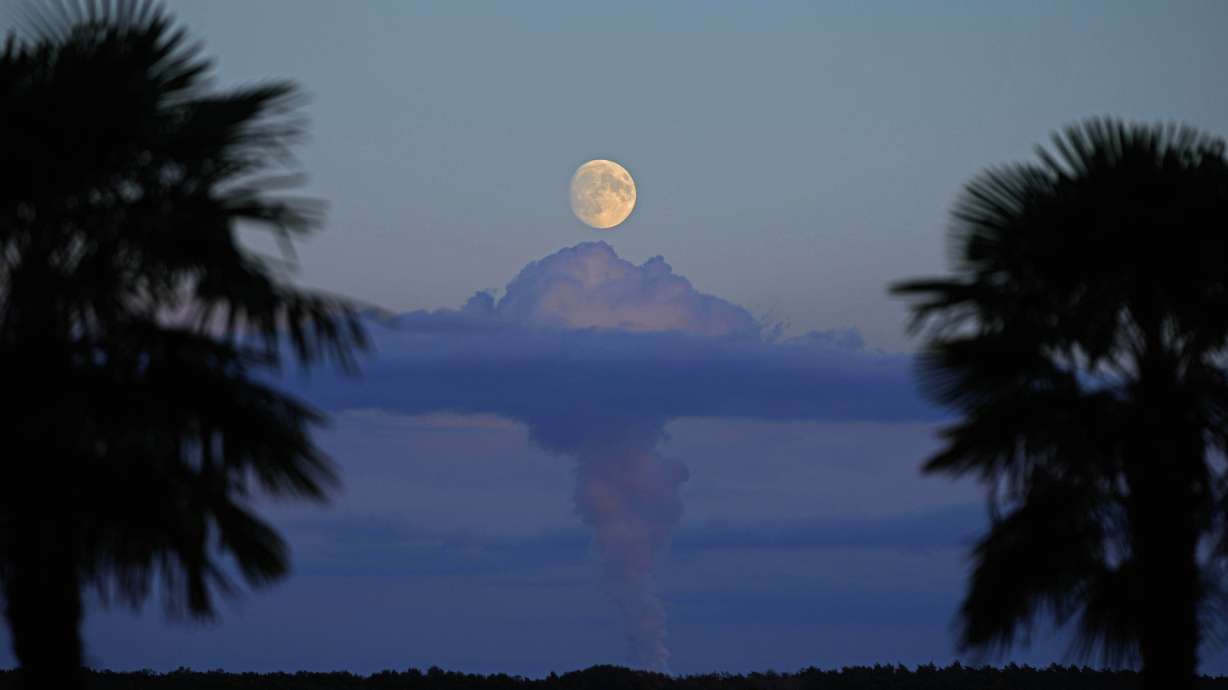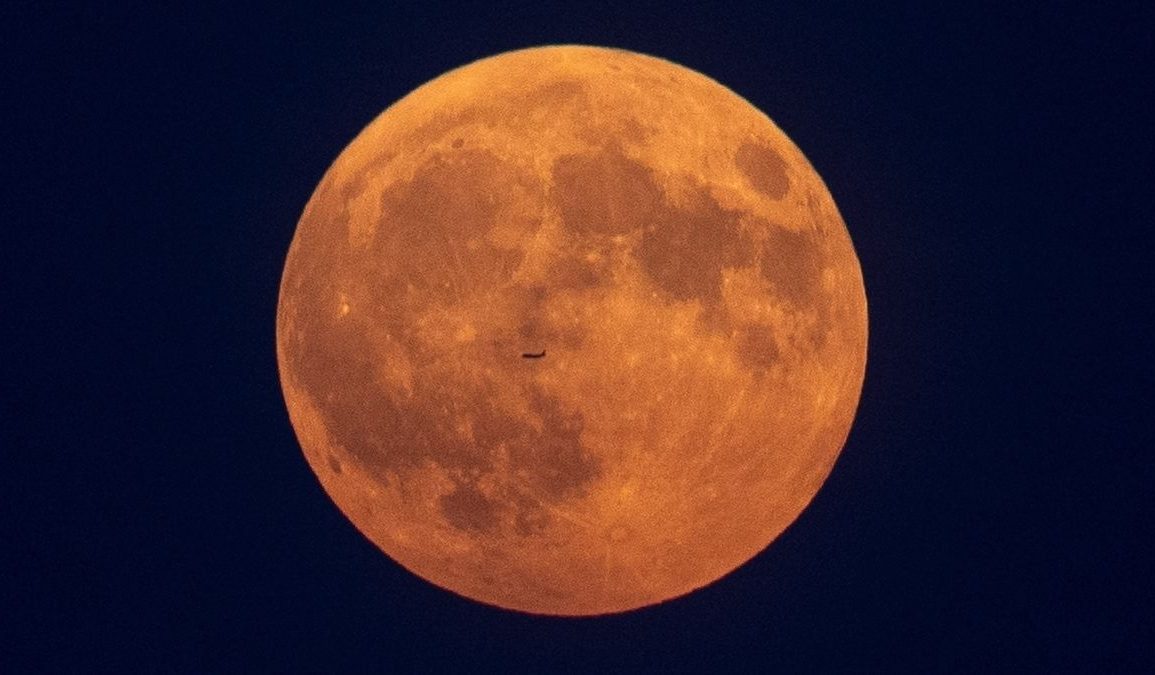Minnesota has experienced an exceptional year for sky watching, highlighted by several spectacular celestial events. This year alone, the state has been treated to five stunning aurora displays, capturing the attention of stargazers and nature enthusiasts alike.
Additionally, observers have been able to catch glimpses of a rare comet that follows an 80,000-year orbit, making its appearance a once-in-a-lifetime experience. To cap off this remarkable year, Minnesota residents were set to enjoy the brightest supermoon of the year, a special occurrence that adds to the excitement of night sky observations.
The upcoming full moon, known as the Hunter’s Supermoon, is expected to be about 14 percent closer to Earth than an average full moon, resulting in a brightness that is up to 30 percent greater. This phenomenon is due to the moon’s elliptical orbit, which brings it closer to our planet at certain times.
In the Twin Cities, the moon is anticipated to rise in the east around 6:23 p.m. and will set in the west by approximately 9:10 a.m. the following day. If the skies are clear, the moon will be visible and luminous throughout the night, providing a stunning view for all sky watchers across Minnesota.

NASA provides additional details about the timing of the full moon, noting that it will occur on Thursday morning, October 17, 2024, at 7:26 a.m. EDT.
This timing means that the moon will appear full for about three days, from Tuesday evening through Friday morning, creating a lengthy window for moon enthusiasts to enjoy its beauty. This particular supermoon is the third of four consecutive supermoons, with the Hunter’s Supermoon being the brightest among them.
The name “Hunter’s Moon” has historical roots, with its earliest written reference dating back to 1710. According to the Farmer’s Almanac, the name reflects the time of year when hunters would take to the fields, having seen the crops harvested and the animals that come out to feed. With the advent of autumn, leaves begin to fall, and deer are in prime condition for hunting, making this moon a significant marker in the agricultural and hunting calendar.
Native American tribes also contributed to the nomenclature of the full moons, with the October moon being referred to as the Travel Moon, Dying Grass Moon, or Sanguine/Blood Moon by the Algonquin tribes. These names are associated with seasonal changes, such as the migration of animals and the dying back of plants as winter approaches.
This cultural significance adds depth to the appreciation of the moon and reflects the close relationship between nature and the lives of Indigenous peoples. As the year progresses, skywatchers continue to celebrate the beauty of celestial events, drawing from both scientific and cultural perspectives.

